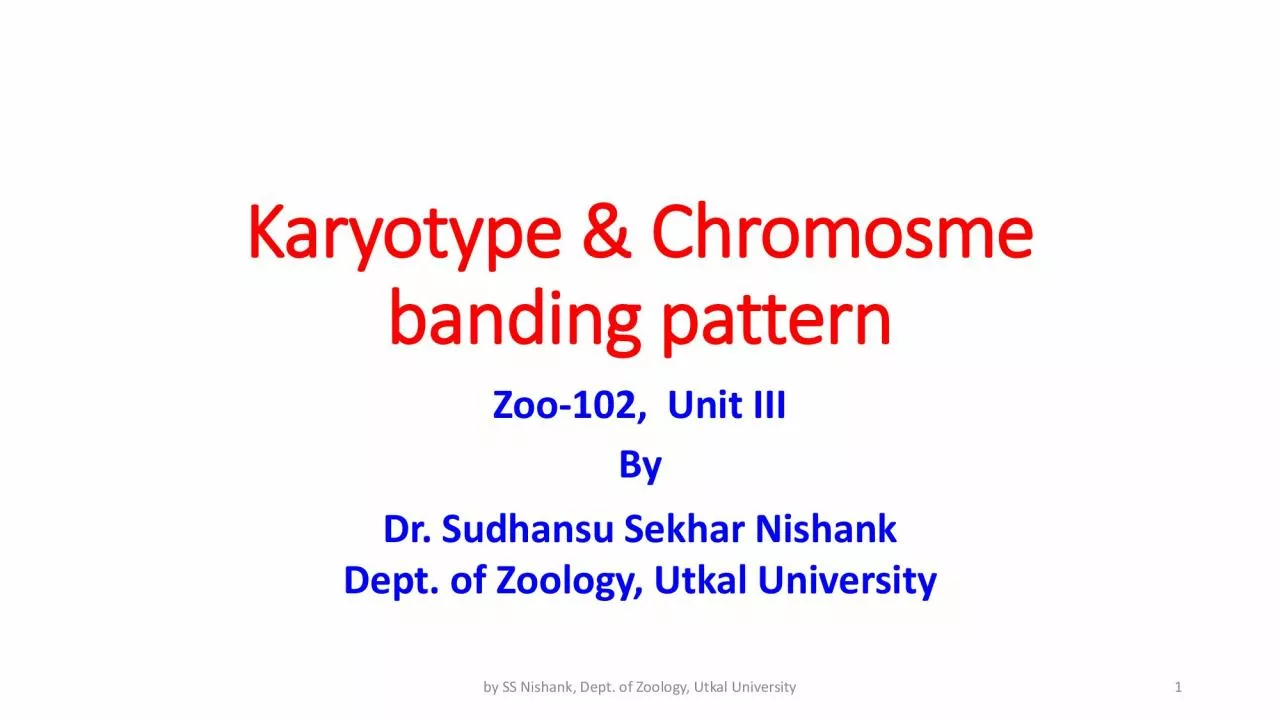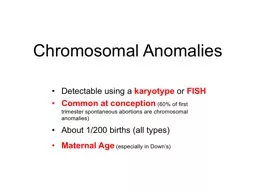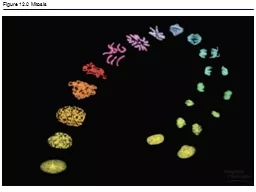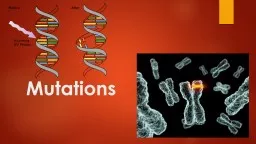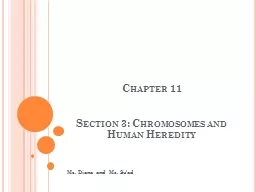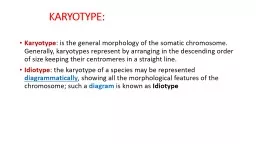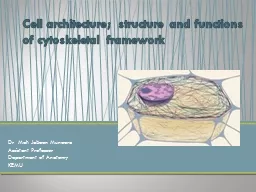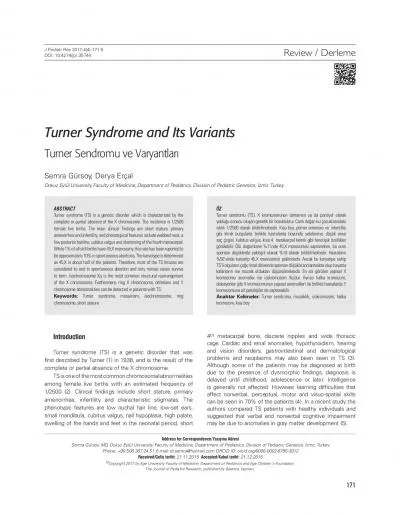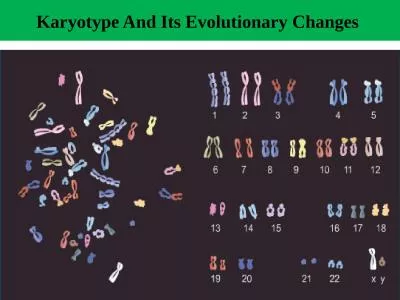PDF-Karyotype Chromosme
Author : morton | Published Date : 2022-08-16
banding pattern Zoo 102 Unit III By Dr Sudhansu Sekhar Nishank Dept of Zoology Utkal University by SS Nishank Dept of Zool
Presentation Embed Code
Download Presentation
Download Presentation The PPT/PDF document "Karyotype Chromosme" is the property of its rightful owner. Permission is granted to download and print the materials on this website for personal, non-commercial use only, and to display it on your personal computer provided you do not modify the materials and that you retain all copyright notices contained in the materials. By downloading content from our website, you accept the terms of this agreement.
Karyotype Chromosme: Transcript
Download Rules Of Document
"Karyotype Chromosme"The content belongs to its owner. You may download and print it for personal use, without modification, and keep all copyright notices. By downloading, you agree to these terms.
Related Documents

